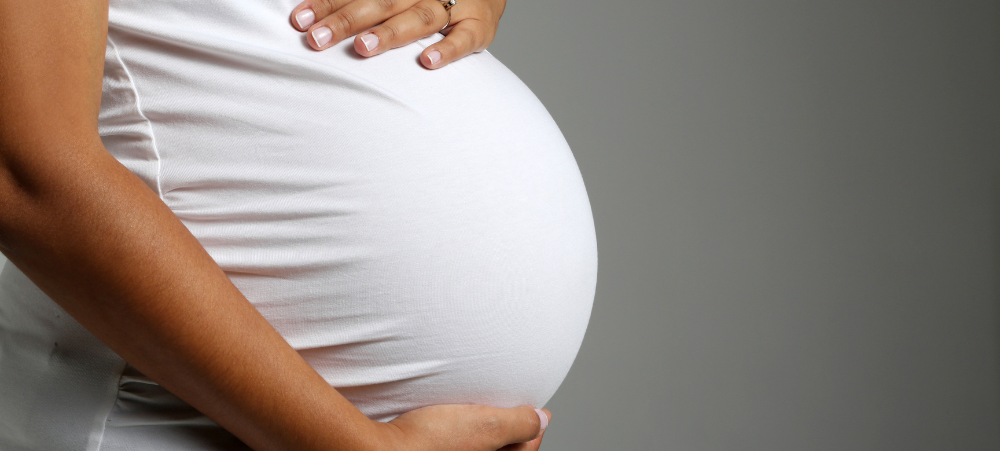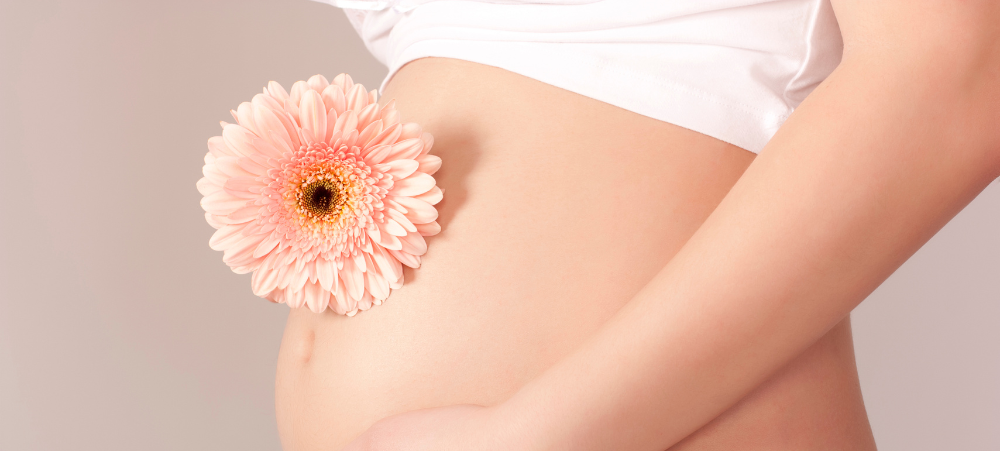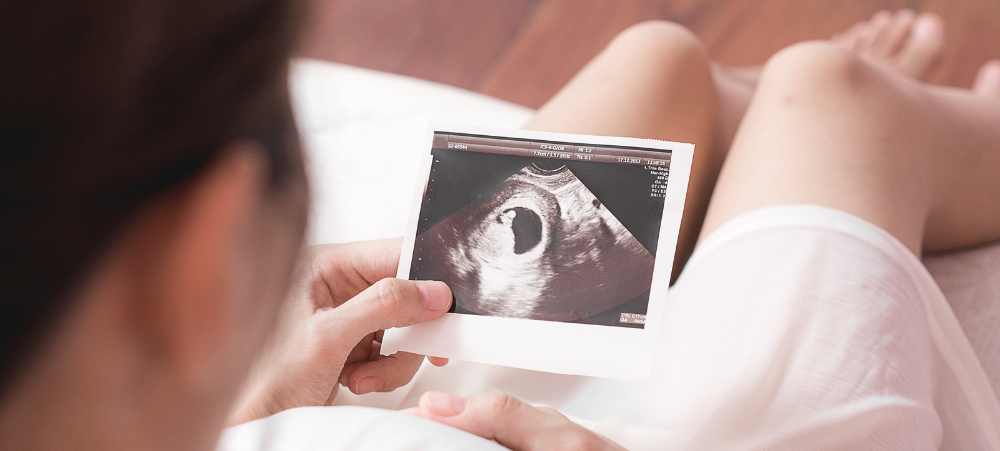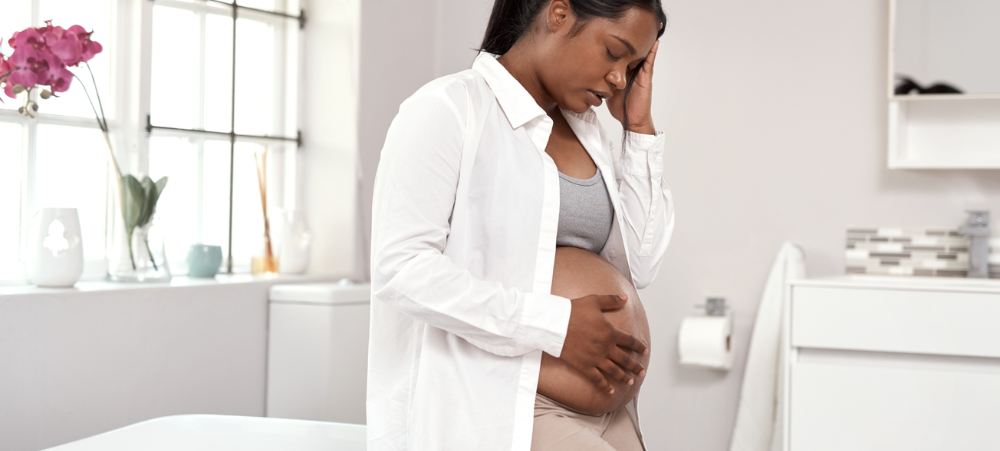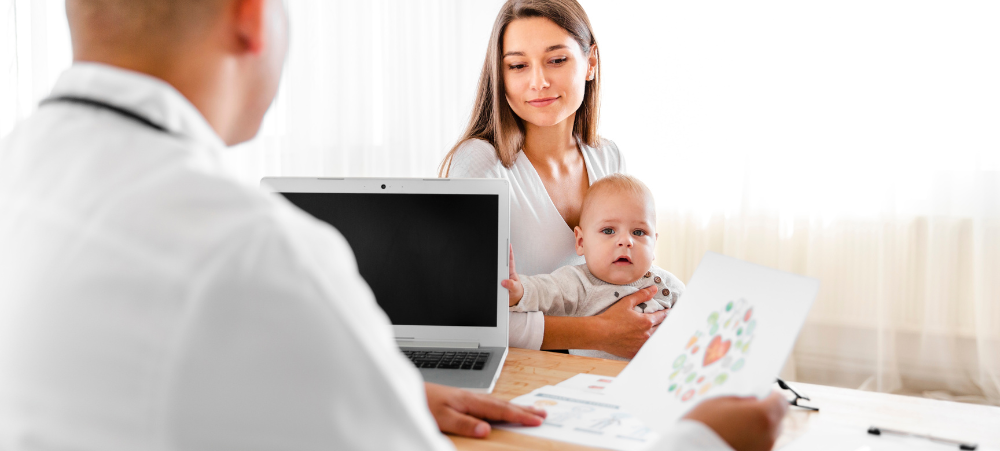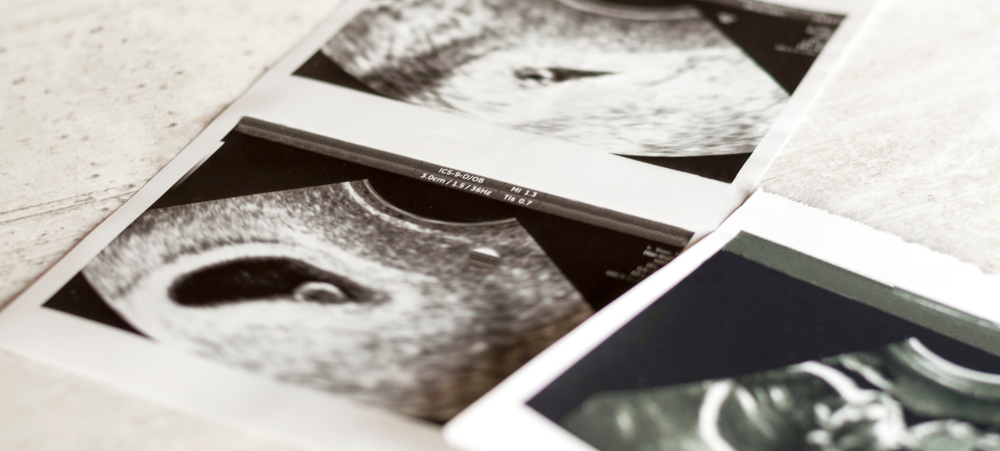
Epigenetics and Motherhood
What does Epigenetics mean? Gene expression is the process of how often or when proteins are produced from the blueprint within your genes. While genetic changes can alter which protein is made, epigenetic changes affect gene expression to turn genes “on” and “off.” Since your environment and behaviour, such as diet and exercise, can result in epigenetic changes, it is easy to see the relationship between your genes and your behaviour and environment. The study of epigenetics looks at how actions and the environment can influence your genes. Unlike genetic changes, epigenetic changes are reversible and do not change DNA sequences, but they may affect how your body reads DNA sequences. How does epigenetics relate to Nature Vs Nurture? Epigenetics explains how early experiences can have permanent effects. The genes children inherit from their biological parents provide information that guides their development. For example, how tall they could eventually become or the kind of temperament they could have. How does epigenetics affect us before birth? Environmental factors may alter the epigenetic profile of a fetus during early life, specifically in the prenatal period, which may increase vulnerability to diseases later in life, such as obesity, cardiovascular, diabetes, etc. Donor Eggs Epigenetics and Birth Mother. Birth mothers using donor eggs have a significant impact on the development and future health of their babies. Since the baby’s DNA only comes from the egg donor and the sperm donor, many women using egg donation worry that they will not share any genetic information with their child. However, the switches that turn our genes on and off may play an even greater role in health and development. These switches are known as epigenetic controls. Abundant research has shown us that the prenatal uterine environment plays a crucial role in fetal brain development, childhood metabolism, immune health, and numerous other factors. Given our limited understanding of the processes that affect fetal development, what can a pregnant woman do to improve her prenatal environment? Following the common practice most women use during pregnancy might be the best approach in order to foster a healthy uterine environment for your baby, it is essential that you maintain a good weight, follow healthy diet habits, refrain from drinking alcohol, limit caffeine intake, and take prenatal vitamins. Stress management and maintaining stress-reducing activities during pregnancy are equally important for creating a healthy uterus for your baby. An emerging concept, fetal adaptation, explains how epigenetic regulation impacts development later on in development, in contrast to embryogenesis and implantation early on in development. Epigenetic modifications allow the fetal genotype to respond to a variety of developmental environmental factors. Even though early gestation is the most susceptible period for the fetus, environmental stimulation in late embryonic development, infancy, and early childhood can also have long-term health effects in later life. It has been shown that a high-fat diet supplemented in adulthood induced large-scale methylation changes in skeletal muscles, as did folic acid supplementation during the peri-pubertal period. All these studies suggest that plasticity of the human epigenome may also persist into adulthood and epigenetic mechanisms are involved in life-long adaptation. In conclusion: In contrast to conception, which begins when an egg cell meets a sperm cell, motherhood begins in the womb. The factors influencing childhood begin in the mother’s body long before she becomes pregnant. Your uterine environment will influence your baby’s development in various ways. When you begin taking care of yourself before you become pregnant, and continue doing so as your baby develops inside you, you’ll be able to pass on health benefits to your child, ensuring they have the best possible future.



